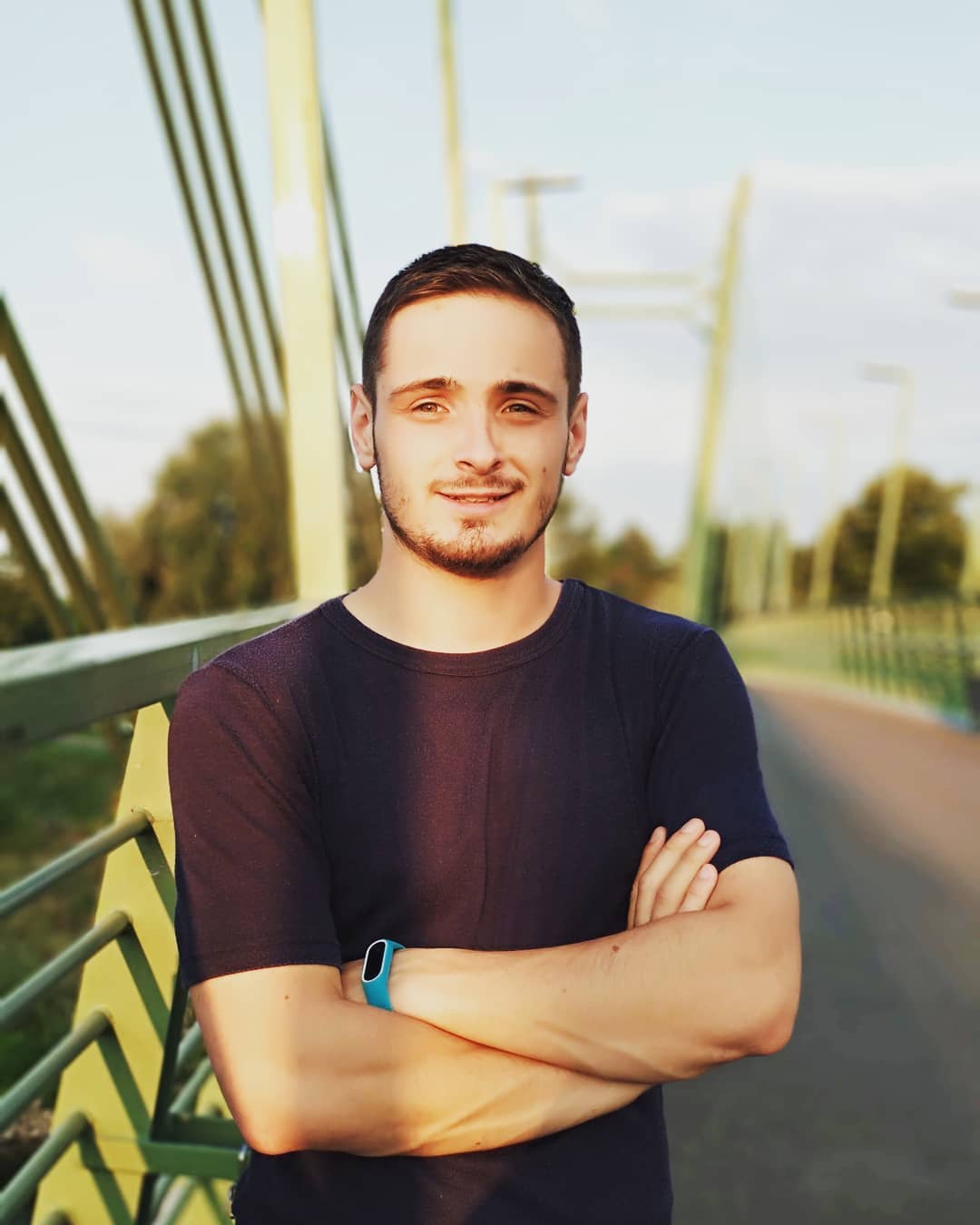The interview

Bogdan-Andrei Vereș - Romania
What is your profession:
I am a physiotherapist, PhD student, and associated professor at Babeș-Bolyai University, at the Physical Education and Sport Faculty, Physiotherapy Department.
How is the rehabilitation treatment of spine diseases managed in your country?
In Romania, there are few ways that public health addresses spine disease rehabilitation. There is a public hospital that diagnoses the pathology, and then there are 3 ways that people can follow:
-
Public rehabilitation hospitals that are using a 2-week protocol to rehabilitate any pathology.
-
Private hospitals work in a collaborative way with medical state funds.
-
Private hospitals or clinics.
In all ways, in most cases, the pathology is treated with a multidisciplinary approach, based on the institution's capabilities.
Scoliosis: how is it treated in your country?
The orthopaedic doctor or a paediatric doctor usually diagnoses a child with scoliosis after the X-ray. After that, some of them recommend a brace, some of them recommend physiotherapy, and some of them recommend both, but some of them ignore the pathology.
When patients get in touch with physiotherapy, they are usually trained in a specific therapy for scoliosis (like Schroth), but there are still therapists who are approaching scoliosis in a two-dimensional way.
There is no screening at a national level, so the children reach the physician too late when they discover a hump or some asymmetry at the trunk level. In Romania, a surgical approach to scoliosis is taken, but only after 50 or more degrees.
What would you like to improve on the clinical practice currently followed in your country?
I would really like all the medical staff to start working based on evidence. In Romania, we lack evidence-based medicine, and we should start focusing on that.
What do you think, this course can give you and how do you think you can apply this knowledge in your daily clinical practice?
For me, the evidence-based work policy is what I hope I can bring to my colleagues and even to patients. If everyone works based on the evidence, then we have common knowledge, not just what we believe without any proof. Busting the myth that ”I can cure scoliosis” is one of my main goals, and this course really gave me a lot of proof that I can use against traditional beliefs about scoliosis. In Romania, we have a lot more ahead in terms of actual knowledge about scoliosis. The ones that benefit the most from our practice are our patients. We need to know more for a better medical future.

